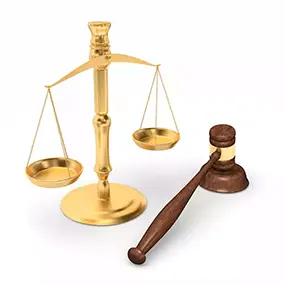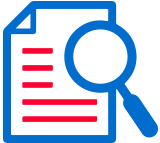
Fair Credit Reporting Act News
Peer-to-peer lending heavily relies on credit scores, which enable lenders to evaluate borrower risk and foster financial confidence
Tuesday, February 4, 2025 - Rising as a substitute for conventional bank loans, peer-to-peer (P2P) lending gives people a means of borrowing and investing money free from financial institutions. Under this system, a borrower's dependability is mostly determined by credit scores. These marks let lenders choose what interest rate to charge and whom to fund. Credit scores are a major gauge of trust as P2P lending lacks the same degree of control as banks. On credit reports, however, flaws can occasionally generate issues for borrowers that drive them to seek assistance from a Fair Credit Reporting Act lawyer or perhaps file a Fair Credit Reporting Act lawsuit to get mistakes corrected.
A credit score--which represents a person's credit history including past loans, payment patterns, and total debt--is a three-digit number This figure guides lenders in P2P lending in determining the probability of borrower on-time loan repayment. While lower ratings indicate a greater likelihood of missing payments or default, higher scores usually signify reduced risk. Credit ratings give some structure in what would otherwise be a volatile market since P2P lending is sometimes employed by persons who might not qualify for conventional bank loans. Interest rates are decided upon by P2P lenders using credit scores. High credit score borrowers usually get reduced interest rates since they are seen as safer investments. Conversely, lower-scoring borrowers could have to pay more in interest to offset the risk involved. When financing loans, this technique lets investors evaluate their alternatives and select the level of risk they are ready to bear. Lenders would find it far more difficult to assess borrower dependability without credit scores, which would cause uncertainty and maybe financial losses.
Although they offer insightful information, credit ratings are not ideal. Some borrowers have minimal credit histories, which can make loan approval challenging even for financially conscientious individuals. Errors in credit reports can also unfairly lower a borrower's score, therefore lowering their lending prospects. Borrowers should so routinely review their credit records and contest any errors they come across. Correcting errors can raise a credit score and provide more borrowing prospects. P2P lending sites also take additional elements into account outside credit ratings. On the platform some view income, employment history, or past borrowing activity. This more general assessment guarantees that those who could score low for reasons unrelated to their financial behavior nevertheless have access to borrowing. Someone who has migrated to a foreign nation or experienced temporary financial difficulty, for instance, may have a lower score but still be a conscientious borrower.
P2P lending depends on trust, hence credit scores support building that trust. They give lenders a means of screening candidates and thereby reduce their financial loss risk. For borrowers, they provide a means of demonstrating their trustworthiness and access to cash sometimes unavailable through a bank. Though it isn't flawless, the system helps to provide a degree of openness that advantages both sides. Credit scores will remain a crucial component of the process as P2P lending develops, therefore forming the basis of financial confidence in this expanding industry.







